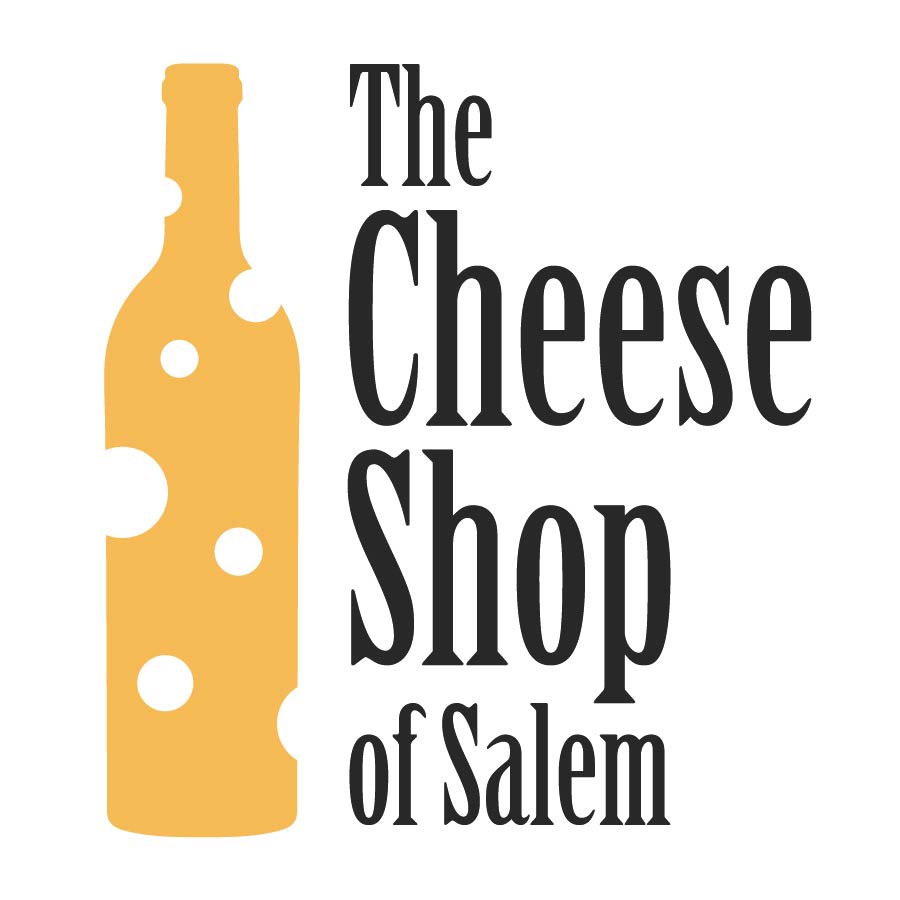Grape Me: Malbec
Free tasting | Friday, March 15, 2019 | 5-7PM
Photo cred: The Spruce Eats
There are many grapes that make hearts skip a beat but none as passionate and wild as Malbec. Pair it with the Argentine tango, the film Brazil, or a perfectly charred steak.
The dark, richly toned berries and wine are so unmistakable that winemakers and consumers used to order ‘black wine’ when ordering Malbec at restaurants. The darkly hued color of the grapes comes from a high concentration of an organic compound called polyphenols. But this isn’t the only nickname of Malbec!
Prepare for your jaws to drop, wine-lovers: Malbec is from Southwestern, France! In France it is mostly known as Côt (although modern producers in Southwest will sometime label them as Malbec when exporting their wines to the US) and when you think of Côt just automatically think of Cahors. Cahors is about 100 miles east of Bordeaux and benefits from sun and its proximity to the Atlantic and Mediterranean. Just remember, at the end of the day Côt/Malbec grapes crave heat and sun. These wines are distinctly different than the Malbec from Mendoza, Argentina; Côt is earthier and with a leaner body. It also does well in blends with grapes like Tannat.
So how did this grape become known as Malbec, let alone be THE grape in Argentina? ‘Mal’ used to be a slang term for someone who gossiped frequently in Southwest, France and was a popular surname around Cahors. The grape then took on the name of its winemakers’ surname. Another theory of the name Malbec is that it’s nickname came from a négociant named Malbeck who advocated for French winemakers grow this grape.
Either way, when this grape traveled across the Atlantic Ocean to Argentina, the name Malbec stuck! A French agricultural engineer, Michael Pouget, brought Malbec to Argentina in 1868. Now it is the most planted grape in all of Argentina. But in particular, it’s the heartbeat of Argentina’s largest wine region, Mendoza.
Mendoza is over 14.6 million hectares in the desert foothills of the Andes. Alike to southern France, it is incredibly sunny and arid. Argentinian Malbec is bold, smooth, and full of spiciness. Interestingly enough, individual Malbec grapes and whole bunches are larger when grown in Argentina as opposed to Southwest, France.
The other places where Malbec does especially well can also be described as sun-soaked climates including in Chile and California. In Chile it’s common for Malbec to be used in blends with grapes like Carignan and Cabernet Sauvignon. On Friday, we’re opening an array of Malbec. Come taste the sunny disposition in this beautiful grape just as Spring is right around the corner!
2017 Lo-Fi Malbec
Who: Miles Roth and Craig Winchester
What: Malbec
Where: Santa Barbara (California, USA)
How: Whole cluster spontaneous fermentation that is then pressed to neutral French oak barrels.
Farming Method: Organic
Fun Fact: The first grapes planted in California was in the mid-1700’s by explorers and missionaries from Mexico who needed wine for Catholic mass but also for caloric nourishment (really!).
What It Tastes Like: Big, bold, and unmistakably Californian. Lo-Fi Malbec will have its own star on the Hollywood Walk of Fame any day now.
2014 Rogue Super Itata Tinto
Who: Leonardo Erazo and Justin Decker
What: Malbec, Carignan, and Syrah
Where: Itata, Chile
How: Aged in neutral oak for 6 months
Farming Method: Organic
Fun Fact: Justin Decker oddly enough hails from Indiana!
What It Tastes Like: White pepper, a bittersweet mocha, and plum.
2017 Château du Cèdre Marcel Malbec
Who: Brothers Pascal and Jean-Marc Verhaeghe
What: Malbec/Côt
Where: Southwest France
How: Pure awesome stainless steel and maybe a week bit of oak
Farming Method: Organic
Fun Fact: Many Côt vines died in a frost in 1956 and unfortunately were never replanted.
What It Tastes Like: Smooth and gulpable. You’ll blink and your glass will be empty.
2012 Finca Adalgisa Luján de Cuyo
Who: The Furlotti family
What: Malbec
Where: Mendoza, Argentina
How: Aged in French and American oak for 2 years and then aged for 1 additional year in bottle
Farming Method: Organic
Fun Fact: There aren’t only llamas in Peru – they like to mill around vineyards in Argentina too!
What It Tastes Like: Cedar, maraschino cherries, and blackberries.






